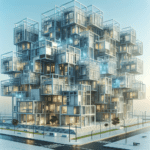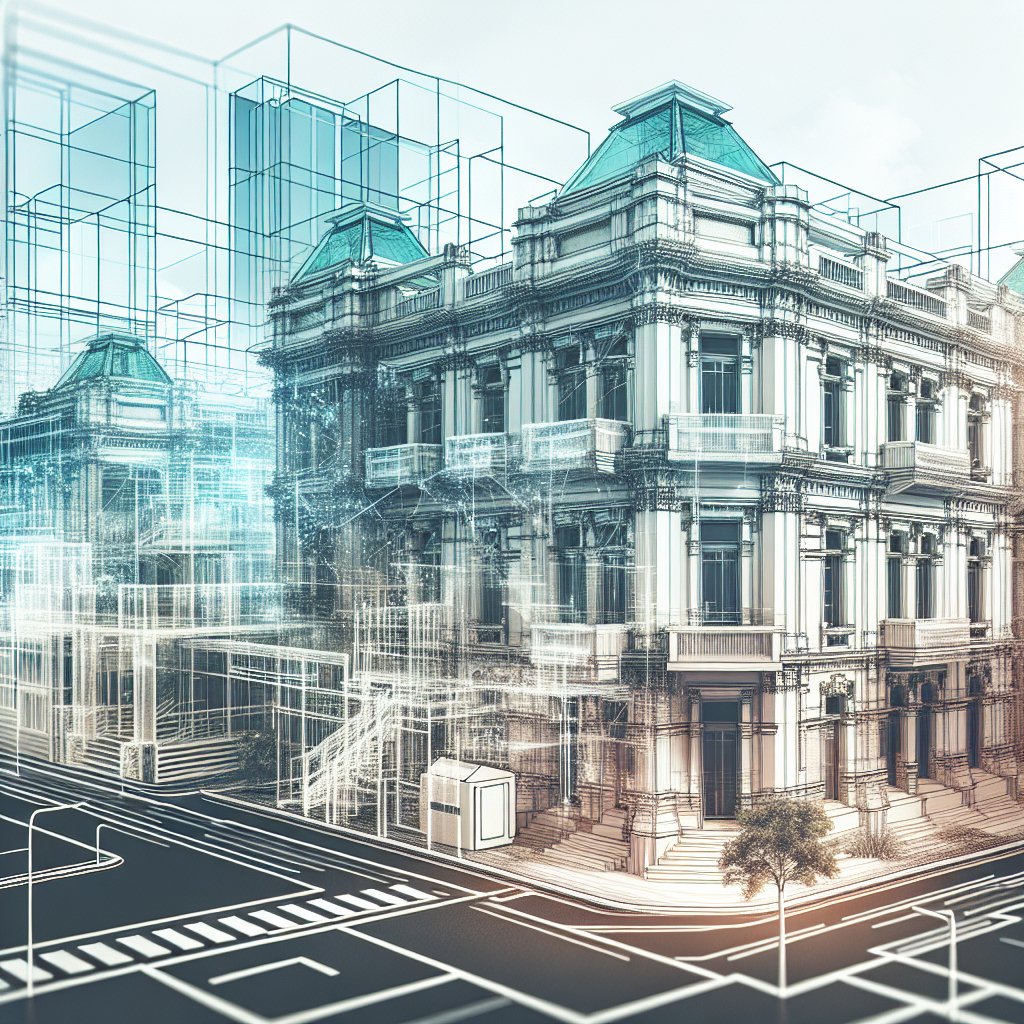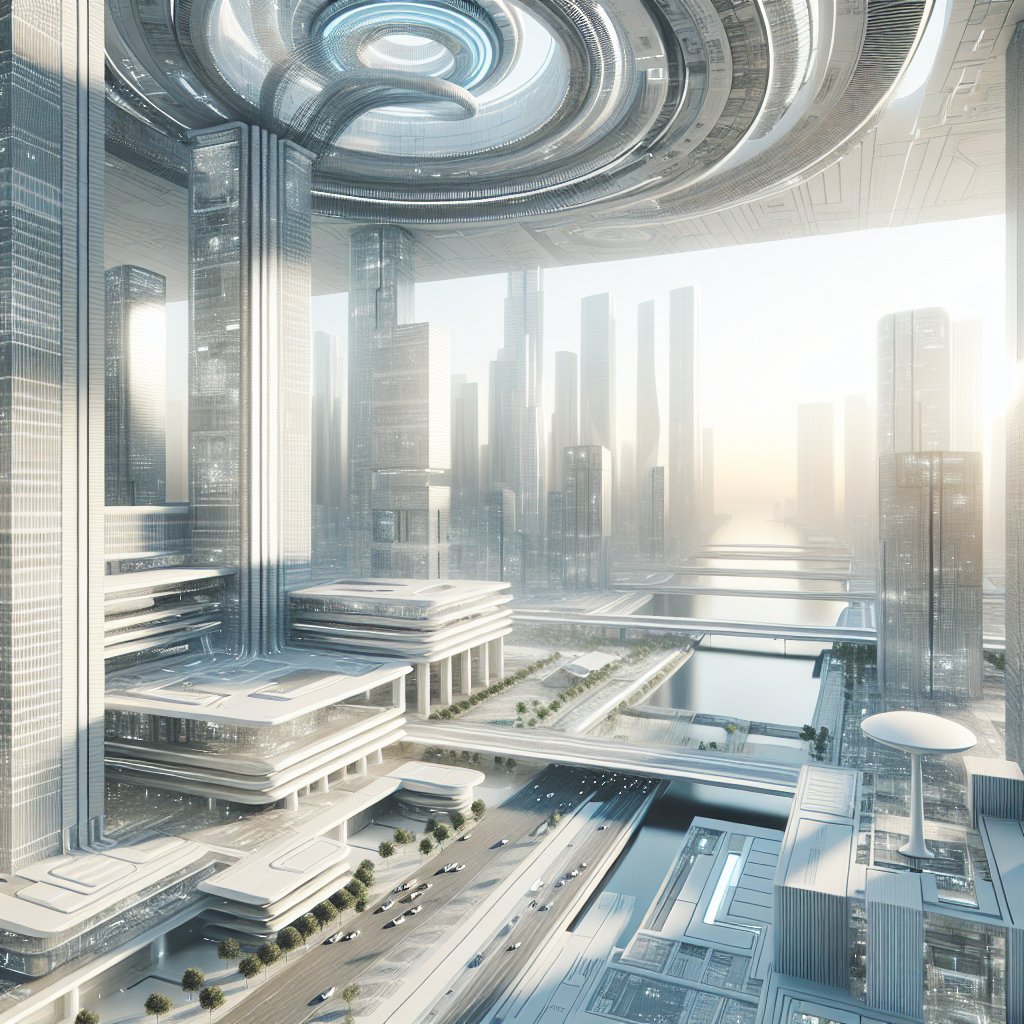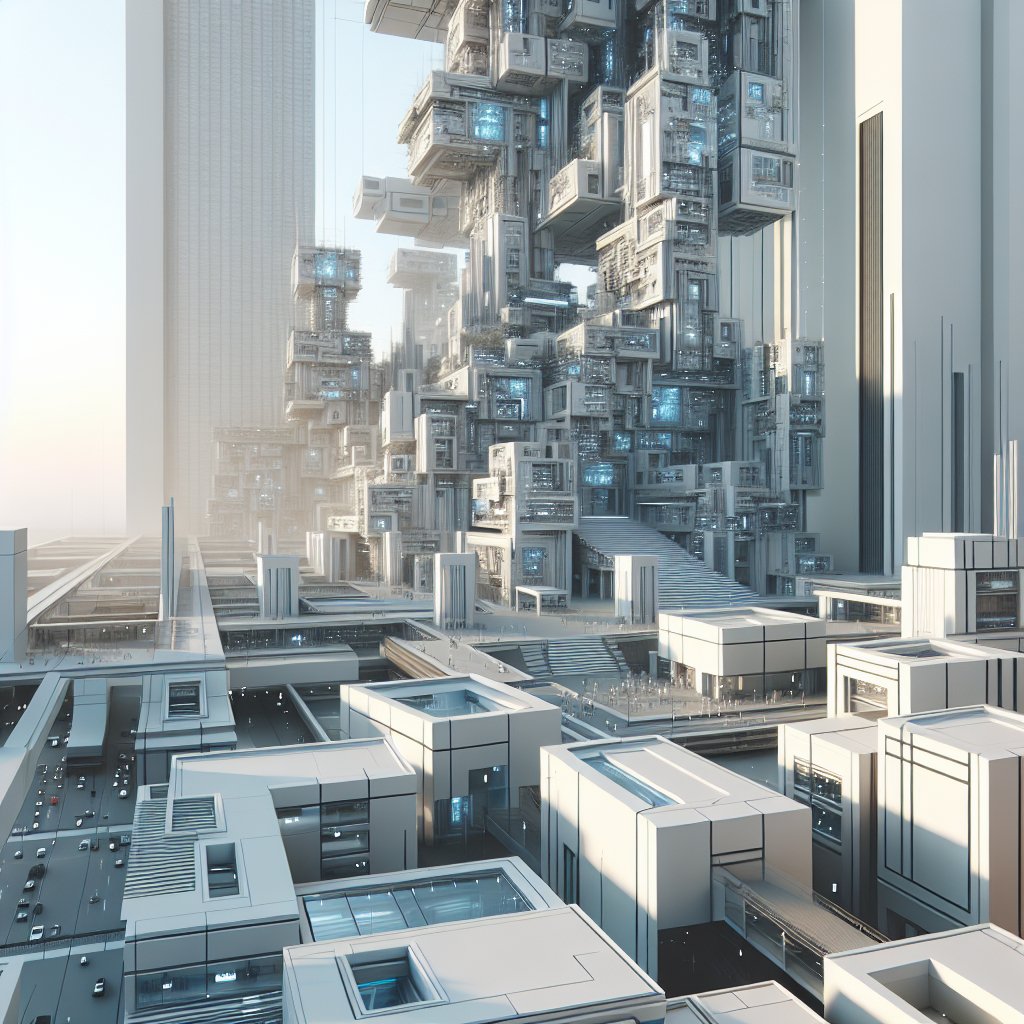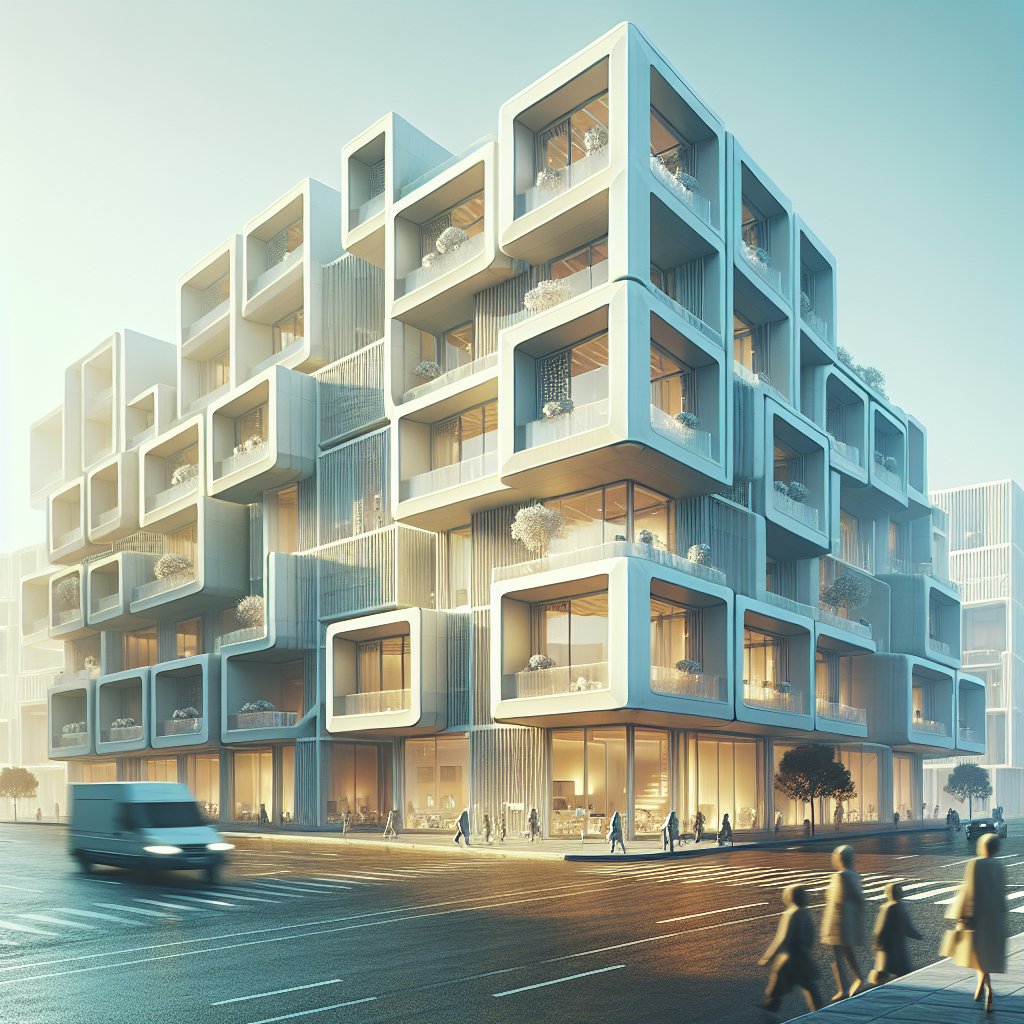Adaptive reuse is a revolutionary concept in futuristic architecture that involves transforming old buildings for new purposes. This approach not only preserves historical and cultural heritage but also promotes sustainability by reducing the need for new construction. As urban landscapes continue to evolve, adaptive reuse offers a creative solution to meet the demands of modern society while respecting the past.
The Concept of Adaptive Reuse
Adaptive reuse is a practice that has gained significant traction in the field of architecture and urban planning. It involves repurposing existing structures for new uses, often with minimal changes to the building’s exterior. This approach is rooted in the idea of sustainability, as it reduces the environmental impact associated with demolishing old buildings and constructing new ones. By reimagining the potential of existing structures, architects and developers can create innovative spaces that meet contemporary needs while preserving historical and cultural significance.
One of the key benefits of adaptive reuse is its ability to breathe new life into underutilized or abandoned buildings. These structures often hold historical or architectural value, and their preservation can enhance the character and identity of a community. By repurposing these buildings, cities can maintain their unique charm and heritage, attracting tourists and fostering a sense of pride among residents.
Moreover, adaptive reuse can contribute to economic revitalization. Transforming old buildings into new commercial, residential, or cultural spaces can stimulate local economies by attracting businesses, residents, and visitors. This, in turn, can lead to job creation and increased property values, benefiting the community as a whole.
Challenges and Opportunities in Adaptive Reuse
While adaptive reuse offers numerous benefits, it also presents several challenges. One of the primary obstacles is the need to balance preservation with modernization. Architects and developers must carefully consider how to maintain the historical integrity of a building while incorporating modern amenities and technologies. This often requires creative problem-solving and innovative design solutions.
Another challenge is navigating regulatory and zoning requirements. Many older buildings may not meet current building codes or zoning regulations, necessitating modifications or special permits. This can add complexity and cost to adaptive reuse projects, requiring collaboration between architects, developers, and local authorities to find viable solutions.
Despite these challenges, adaptive reuse presents significant opportunities for innovation and creativity. Architects can experiment with new materials, technologies, and design concepts to transform old buildings into cutting-edge spaces. This can result in unique and inspiring environments that push the boundaries of traditional architecture.
Furthermore, adaptive reuse can play a crucial role in addressing urban challenges such as housing shortages and environmental sustainability. By repurposing existing structures, cities can increase their housing stock without the need for new construction, reducing urban sprawl and preserving green spaces. Additionally, adaptive reuse projects often incorporate sustainable design practices, such as energy-efficient systems and materials, further contributing to environmental conservation.
Case Studies: Successful Adaptive Reuse Projects
Several successful adaptive reuse projects around the world demonstrate the potential of this approach to transform urban landscapes. One notable example is the Tate Modern in London, which was converted from a former power station into a world-renowned art museum. The project preserved the building’s industrial character while creating a dynamic cultural space that attracts millions of visitors each year.
Another example is the High Line in New York City, a former elevated railway track transformed into a public park. This innovative project has revitalized the surrounding neighborhoods, attracting new businesses and residents while providing a unique green space for the community.
In Melbourne, Australia, the transformation of the former Pentridge Prison into a mixed-use development is another successful adaptive reuse project. The development includes residential, commercial, and cultural spaces, preserving the site’s historical significance while creating a vibrant new community.
The Future of Adaptive Reuse
As cities continue to grow and evolve, adaptive reuse will play an increasingly important role in shaping urban environments. The practice aligns with global trends towards sustainability, heritage preservation, and innovative design, making it a key strategy for future urban development.
Advancements in technology and materials will further enhance the potential of adaptive reuse, allowing architects to push the boundaries of what is possible. From smart building systems to sustainable construction materials, these innovations will enable more efficient and environmentally friendly transformations of existing structures.
Moreover, as communities become more engaged in the planning and development process, adaptive reuse projects will increasingly reflect the needs and desires of local residents. This participatory approach can lead to more inclusive and equitable urban environments, fostering a sense of ownership and pride among community members.
In conclusion, adaptive reuse is a powerful tool for transforming old buildings for new purposes, offering a sustainable and innovative approach to urban development. By preserving the past while embracing the future, adaptive reuse can create vibrant, dynamic spaces that enhance the quality of life for residents and visitors alike.





